

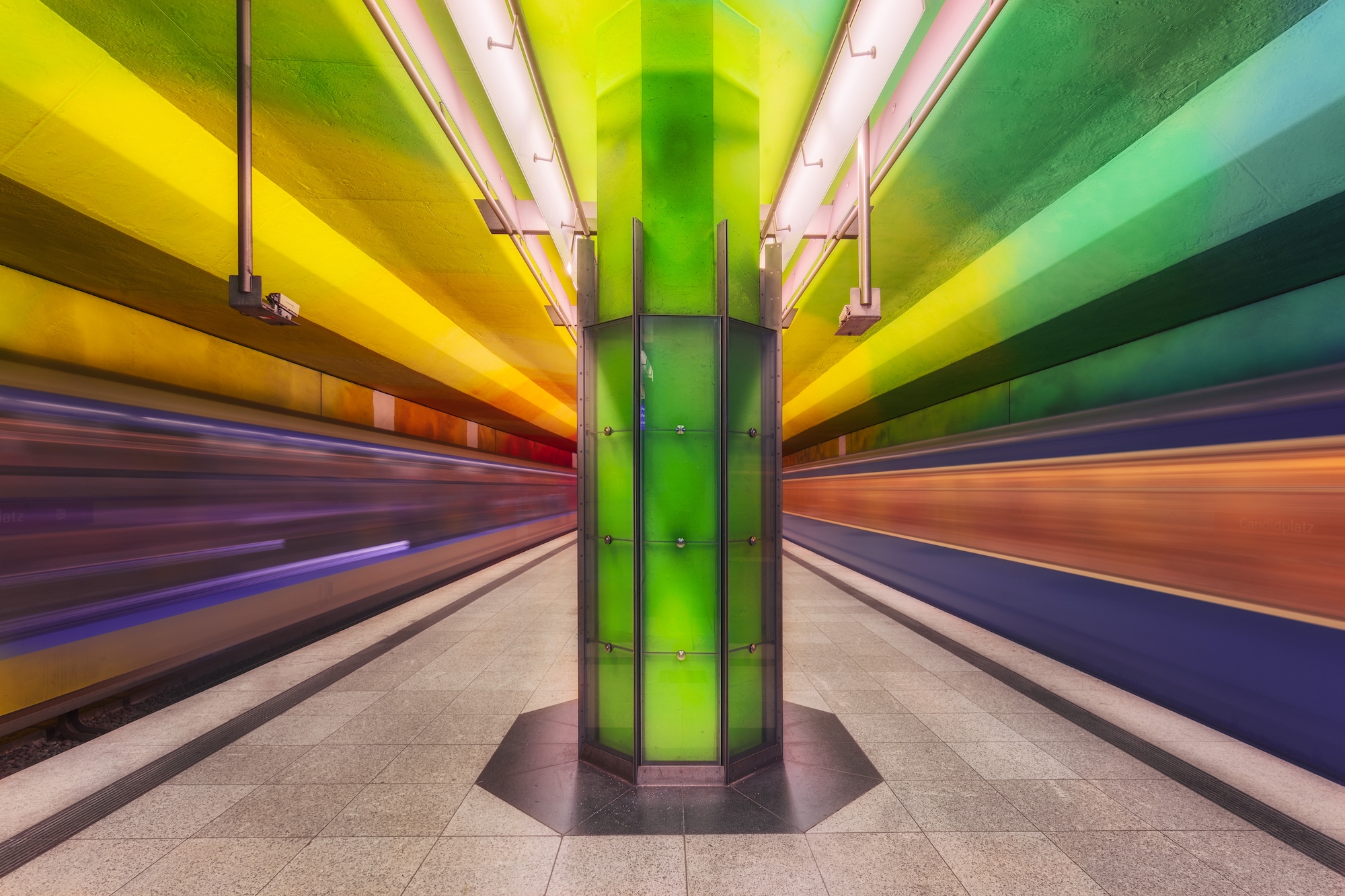
Although last year, most of us spent time locked away safely, there was still the opportunity to "travel," through the Internet. The 10 best architecture photography at the Budapest International Foto Awards proves just this: through the lens of a photographer, we can see almost every corner of the globe.
This photography series explores hallways and doors, demonstrating that even though they belong to no particular room or space and we don't pay too much attention to them when passing through, they are nevertheless worth examining closer.
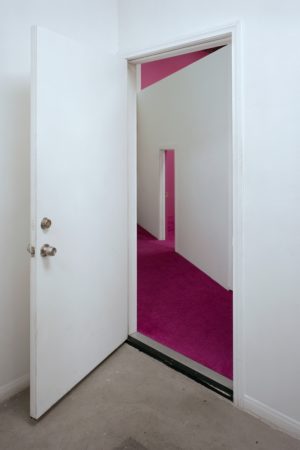
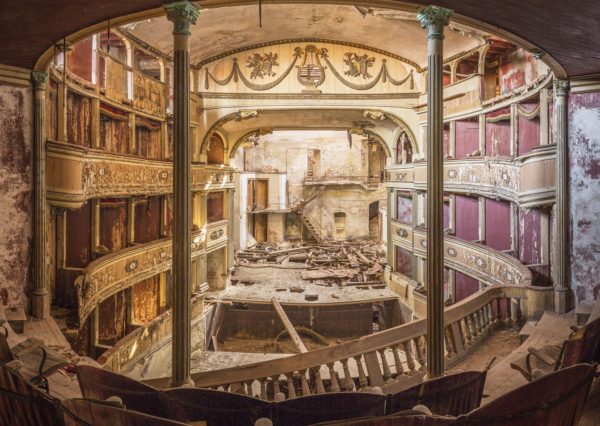
A tour around the rural and urban locations in Italy. The photographer's mission was to capture the beauty of forgotten and abandoned buildings, bringing them back to life through the lens.
This time, the artist takes us to their home town, Rybnik, in Poland. An aerial photo of municipal swimming pool soon to become completely empty because of the COVID-19 pandemic - the pool was closed the next few days.
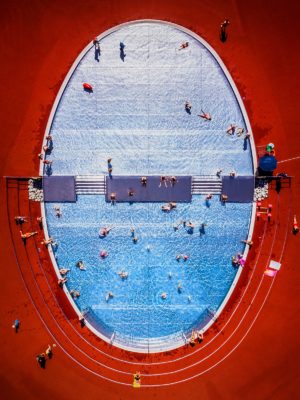
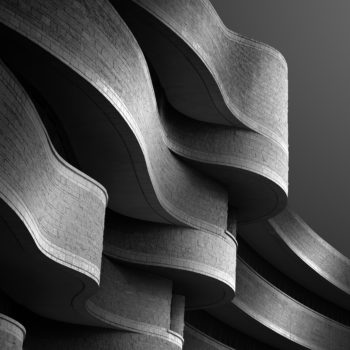
The photo series shows us the fascinating curves of the Canadian Museum of History designed by architect Douglas Cardinal, located in Gatineau, Canada. The main focus here were the deliberately arrange curves of the building, resulting in a lively, wave-like structure.
the photographer divided the pictures into different colors, matching them up with geometric shapes. The aim: to give people a sense of visual pleasure.
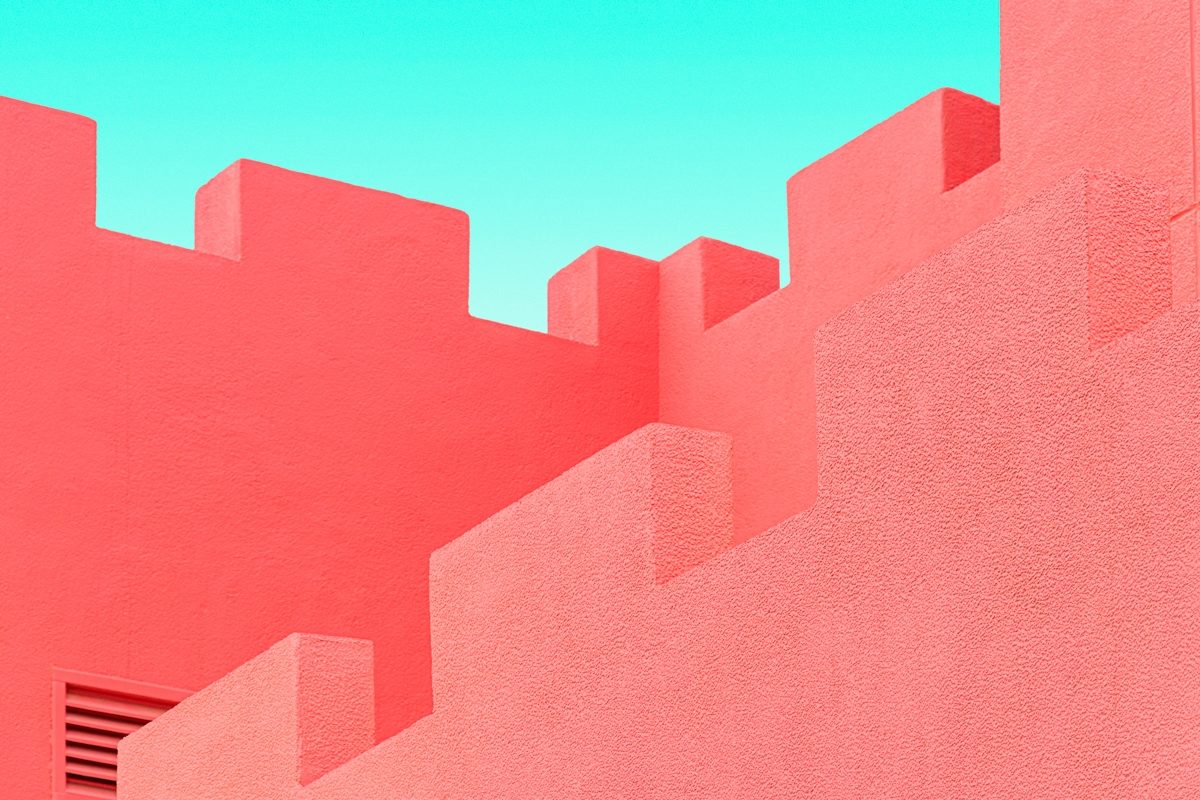
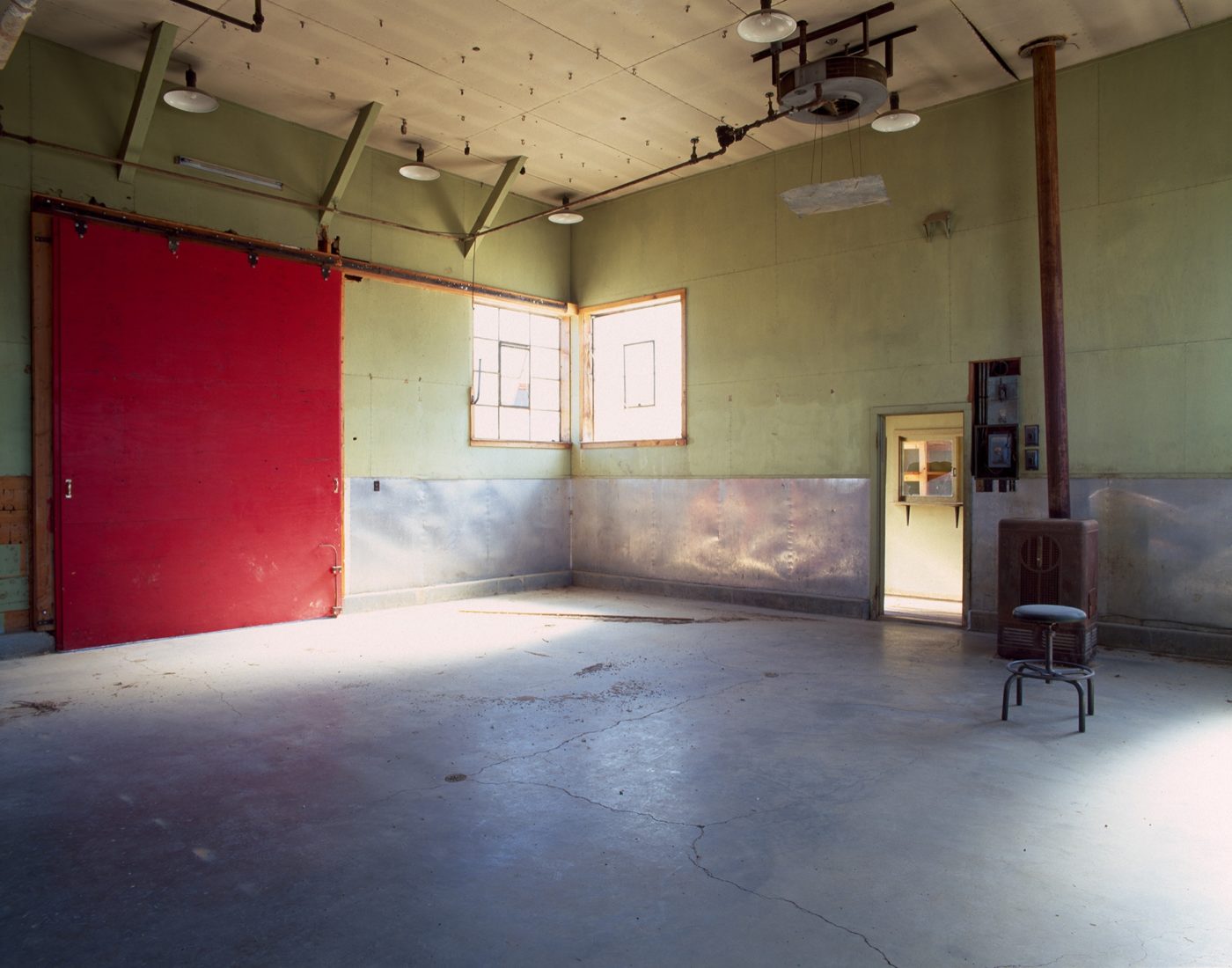
An homage to the chairs left in random places, the series explores different rooms and locations where solitary chairs were left for unknown reasons. The artist began to notice these chairs around the most unexpected locations, like shipyards and mills, as well as prisons and decided to document them.
Once we go under the streets of Munich, we see the colorful metro, an alternate dimension with all the shapes and forms masterfully arranged to bring some light into the world of the underground.
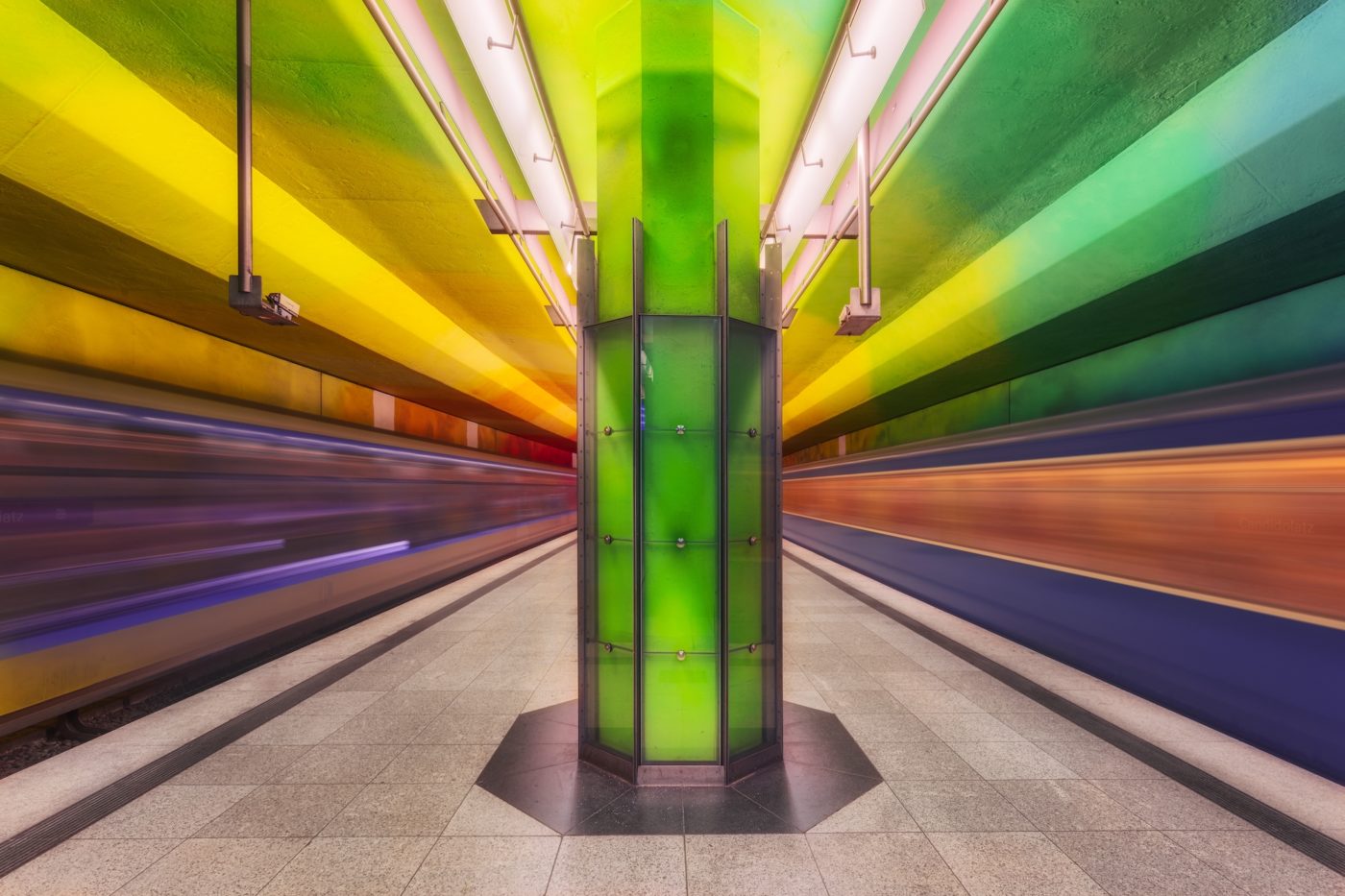
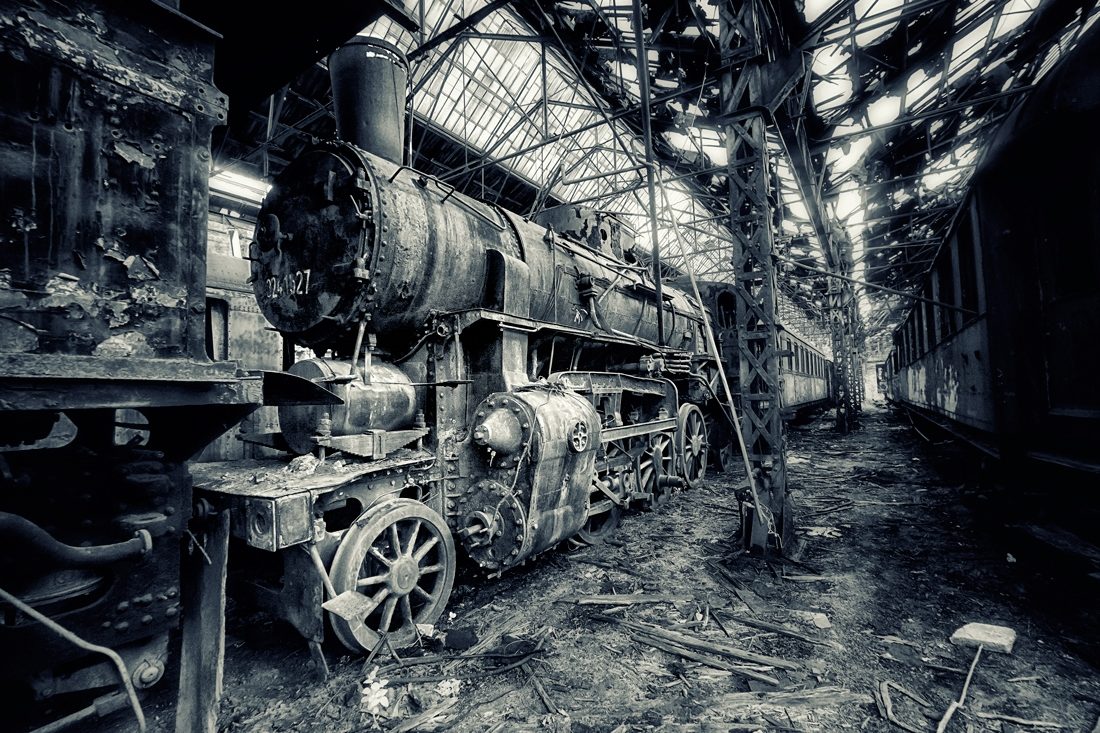
The boneyard of old, almost ancient locomotives, captured as a dream-like vision. The rusty steam trains take us back into history, a time forgotten.
The Wuppertal Opera House in North Rhine-Westphalia in Germany has an interior design reminiscent of the 50's, including the depicted staicase.
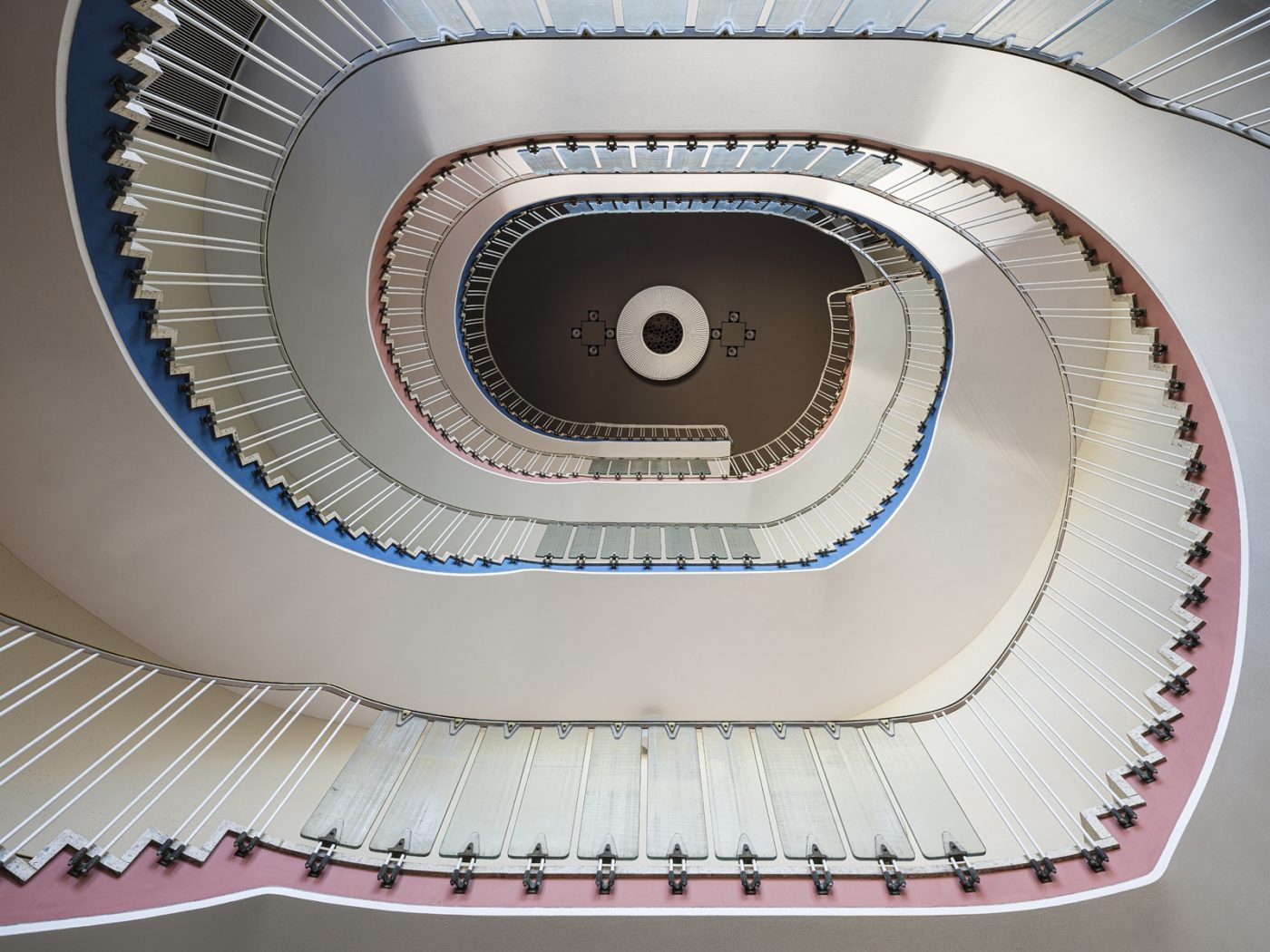
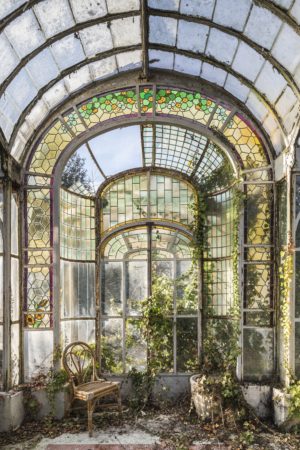
A series dedicated to Mother Nature reclaiming abandoned places is also an alegory to show how powerful nature is. The second humans leave a place, plants start growing, reclaiming their old territory.